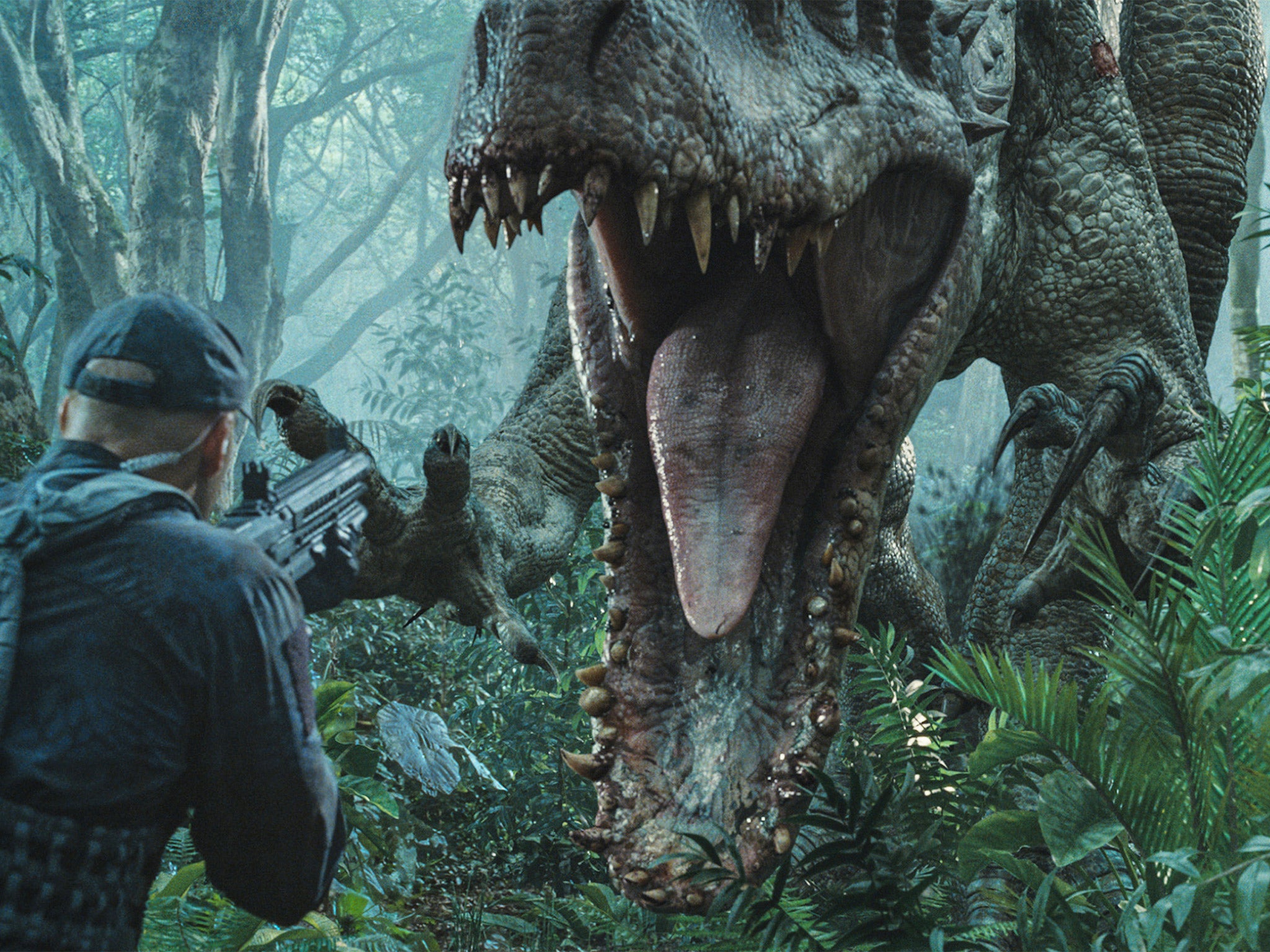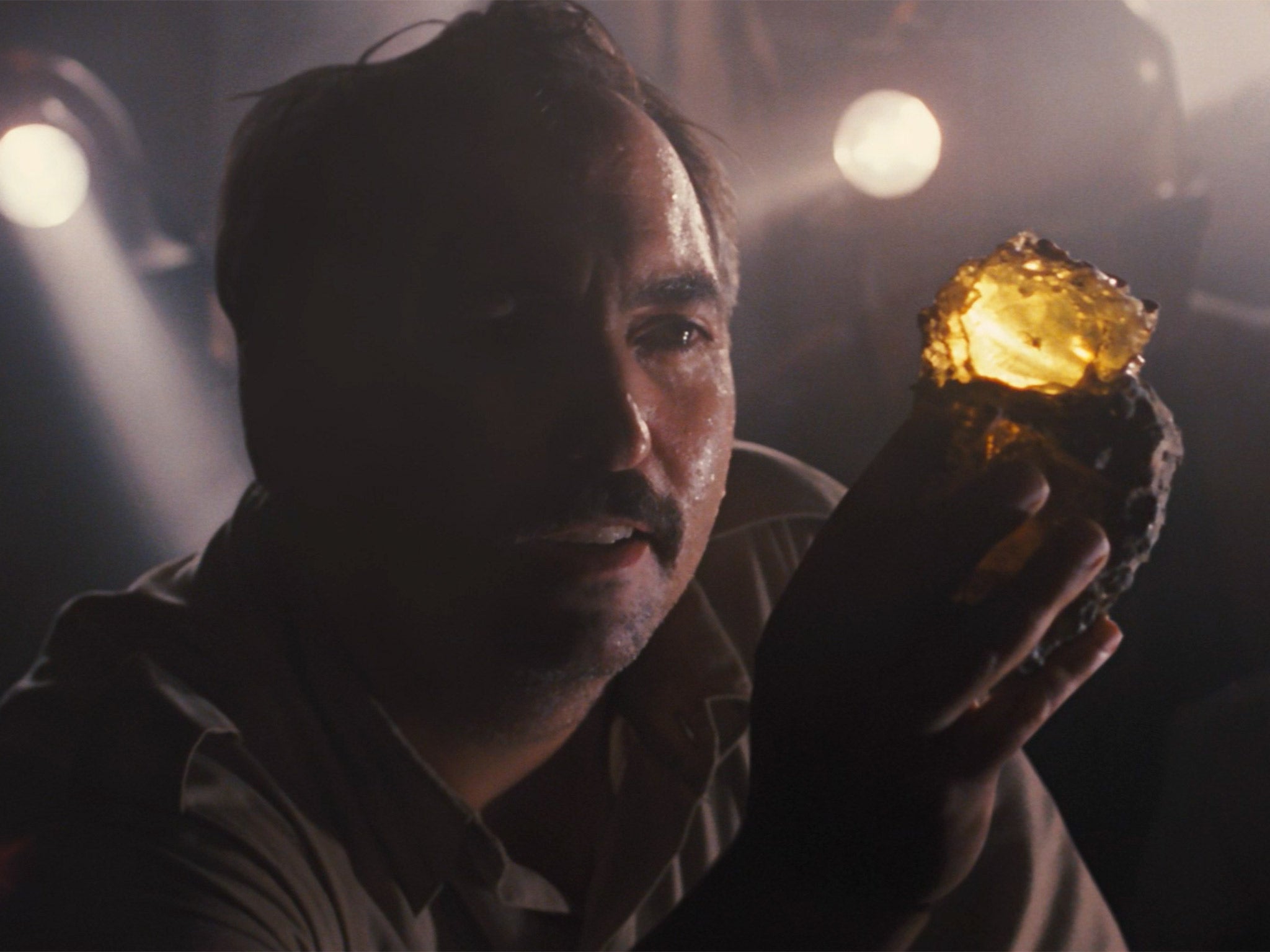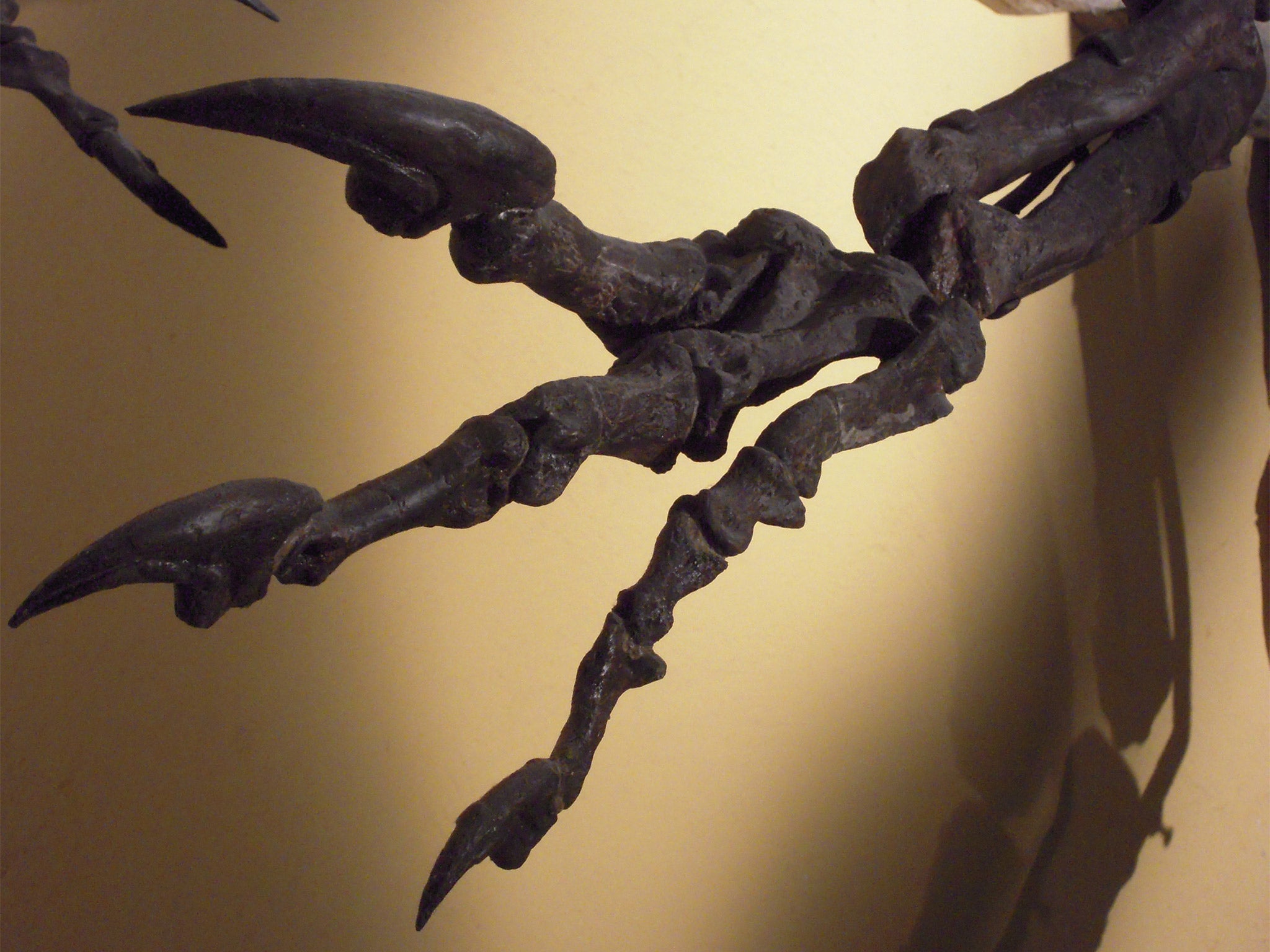Scientists discover red blood cells and protein in 75 million-year-old dinosaur fossils
In the original Jurassic Park, scientists used DNA from dinosaur blood extracted from entombed mosquitoes to bring the creatures out of extinction

Your support helps us to tell the story
From reproductive rights to climate change to Big Tech, The Independent is on the ground when the story is developing. Whether it's investigating the financials of Elon Musk's pro-Trump PAC or producing our latest documentary, 'The A Word', which shines a light on the American women fighting for reproductive rights, we know how important it is to parse out the facts from the messaging.
At such a critical moment in US history, we need reporters on the ground. Your donation allows us to keep sending journalists to speak to both sides of the story.
The Independent is trusted by Americans across the entire political spectrum. And unlike many other quality news outlets, we choose not to lock Americans out of our reporting and analysis with paywalls. We believe quality journalism should be available to everyone, paid for by those who can afford it.
Your support makes all the difference.Just days before Steven Spielberg releases his latest dinosaur blockbuster in the shape of Jurassic World – the fourth film in the franchise – scientists have announced that they have found evidence of red blood cells and protein preserved in 75-million-year-old dinosaur fossils.
In the original 1993 Jurassic Park, fictional scientists extracted dinosaur blood from a mosquito entombed in amber and used the DNA to clone a living menagerie of the extinct creatures. Now real scientists have found what they think are red blood cells and collagen fibres in dinosaur bones kept for more than a century at the Natural History Museum in London.
Although it is not the first time that scientists have claimed to have extracted soft tissues from dinosaur fossils, it is the first time that researchers have done so from poorly preserved specimens with techniques they claim are free from the risk of the normal cross-contamination.
“We have found what we think are red blood cells and collagen fibres. All the evidence points to that and it’s very difficult to come up with anything else they might be – but we have to employ a sensible level of scepticism,” said Susannah Maidment of Imperial College London, a member of the research team.

However, the possibility of extracting even broken fragments of dinosaur DNA are next to impossible, Dr Maidment added.
“There is no genetic material, no evidence at all. But it would be unwise to say ‘never’ in science. Who knows what we might find if we look hard enough,” she said.
The scientists analysed eight fragments from a range of dinosaur fossils, such as the dagger-like claw of a theropod carnivore similar to Tyrannosaurus rex and the bones of a duck-billed hadrosaur and a horned stegosaurus-like species. All the specimens were so badly preserved that they were stored in the museum’s backrooms rather than being in the public galleries.
“They were not considered to be good enough for display and as our techniques are destructive we ended up being given these rather rubbish fossils to test. However, to our surprise we found evidence of soft tissues,” Dr Maidment said.
Scanning electron microscope studies revealed that the dinosaur claw contained tiny ovoid structures with an inner, denser core, which the scientists believe are red blood cells containing cell nuclei.
“All vertebrate except mammals like us have red blood cells with nuclei. The fact that we found cells with nuclei rules out any contamination with the red blood cells of humans who may have handled the fossils,” Dr Maidment said. Further tests with a mass spectrometer showed that the red cells in the fossils have a similar organic structure to the red cells of blood from an emu, which is consistent with the idea that modern birds evolved directly from dinosaurs.

The investigations, published in the journal Nature Communications, also revealed the presence of filament-like fibres similar to collagen, a structural protein found in skin and bone.
The fibres were twisted into rope-like structures and tests showed they contained a combination of amino acids similar to collagen.
“Our study is helping us to see that preserved soft tissues may be more widespread in dinosaur fossils than we originally thought,” Dr Maidment said. “Although remnants of soft tissues have previously been discovered in rare, exceptionally preserved fossils, what is particularly exciting about our study is that we have discovered structures reminiscent of blood cells and collagen fibres in scrappy, poorly preserved fossils. This suggests that this sort of soft tissue preservation might be widespread in fossils.”
Research published in 2005 by Mary Schweitzer of North Carolina State University provided the first convincing evidence that some dinosaur soft tissues are able to survive fossilisation for tens of millions of years – although some experts questioned the findings, suggesting they may have been a victim of cross-contamination. “Her work has been extraordinarily controversial. Mary used different techniques to us which are open to criticism of contamination. We can eliminate contamination entirely,” Dr Maidment said.
Nevertheless, the researchers intend to carry out further research to check whether the findings amount to real evidence of dinosaur red blood and collagen protein.
“We still need to do more research to confirm what it is that we are imaging in these dinosaur bone fragments, but the ancient tissue structures we have analysed so far have a number of similarities to red blood cells and collagen fibres,” said Sergio Bertazzo, a materials scientist at Imperial College London and lead author of the study.
“If we can confirm that the initial observations we have made so far are correct, then this could yield fresh insights into how these creatures once lived and evolved,” Dr Bertazzo said.
Join our commenting forum
Join thought-provoking conversations, follow other Independent readers and see their replies
Comments